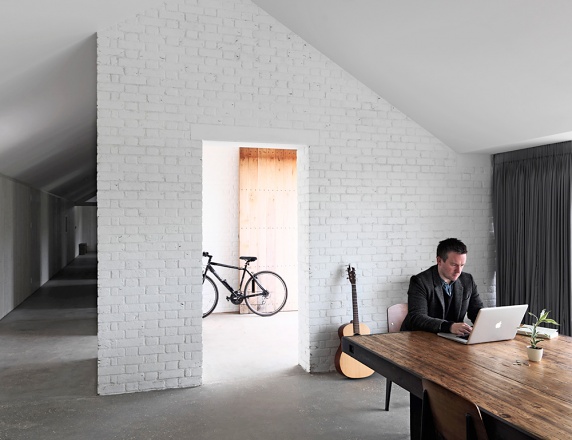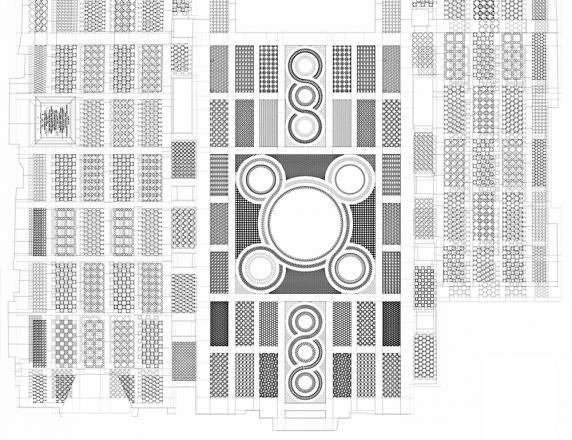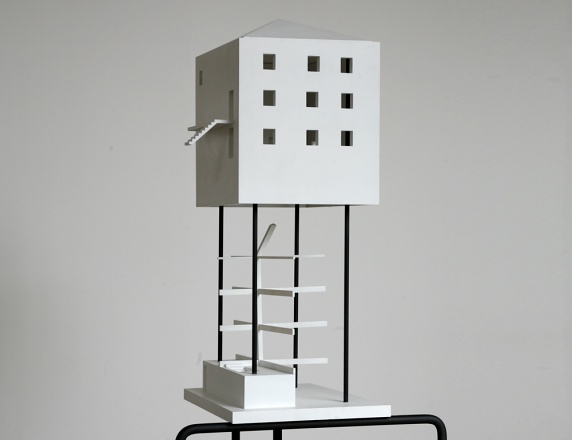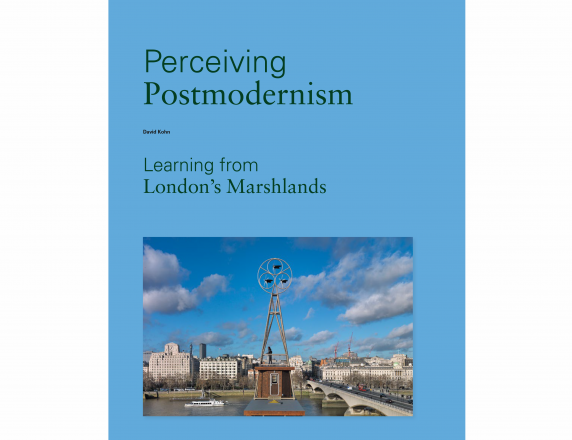Published in Models, Ruin, Power: We Live in Models, Issue 1, May 2014
Cannibal Buildings
Down the road a new housing block was going up. It stood on the site of a previous development from the 1980s which was in bad condition, more because it had not been looked after than because it was poorly constructed. When the council decided to knock it down there was a local outcry: how could so many buildings only thirty years old be of so little value so soon? Besides, the 1980s housing was an extension of a much larger estate, so if the extension was ripe for demolition, what about the rest? Residents had come to love the honey-coloured concrete terraces, walkways and party walls. During consultation about the new designs there was consternation and a heated debate about what could be retained of the old scheme. Surely it had some virtues? The contractor was on hand to field just such a question: the honey-coloured concrete, he said, would be crushed and re-used in the new construction. This was not what local residents were expecting. There was much muttering as people took in the thought and asked themselves if this was a good or bad thing. Today, you can walk past the development and see flecks of colour in the low concrete walls surrounding the site; it’s as though the new building has drawn strength from the life-blood of its predecessor. The new walls are a watered- down version of the old walls across the road in the large estate. For those in the know it is comforting and troubling in equal measure to know that the new building cannabalised the old one.
Chimeric Buildings
Next to the cathedral, by Mitropolis Square, is a small, cube-shaped church known as the Little Cathedral. Legend has it (our tour guide explained), that the church was founded in the eighth century by Eirene of Athens, Empress of Byzantium. Eirene (she continued) was the wife of Leo IV and mother of Constantine VI. Both men oversaw the widespread destruction of images in churches. Eirene, on the other hand, venerated icons. During her her five year reign, the policy was reversed and the production of images resumed. Women, we were told, played a disproportionate role in resisting iconoclasm. Eirene, however, was eventually banished to the island of Lesbos where she soon died. So it was fitting that the Little Cathedral is built of marble blocks covered with images of lions, peacocks, doves, flowers, sphinxes, geometric figures, and the tree of life. The images are incongruous, from different cultures, carved by different hands and on different types of marble. My son: ‘Why is this building made of other buildings?’
Phantom Buildings
The structural engineer called to tell Mahalia that her fees were now used up and that, if the design were to change any more, they would have to go back to the client, cap in hand. Mahalia thought about the last time the matter of additional fees was raised with the client and sighed. The design of the structure really would have to be frozen at this point. She flicked through the plans on her desk and tracked across a building section on her screen and felt a growing panic. As a building it made sense, she thought, but it this was not where she had imagined the overall design to be heading. If this was not be a sublime construction, what was the point? So began a brief period of mourning for a still-born building. A compromise was needed, so Mahalia reviewed the drawings once more and phoned the engineer to say the building on the drawing board was fine, it was good to go, there was no need to revise the design. But the building as it stood would naturaly need to be adapted. The engineer was perplexed: if the design was fine, what was to be adapted? Mahalia explained that she would treat the current design as a completed house and that she would already start working on the extensions. The client need never know about the phantom house crouched within the final construction.














